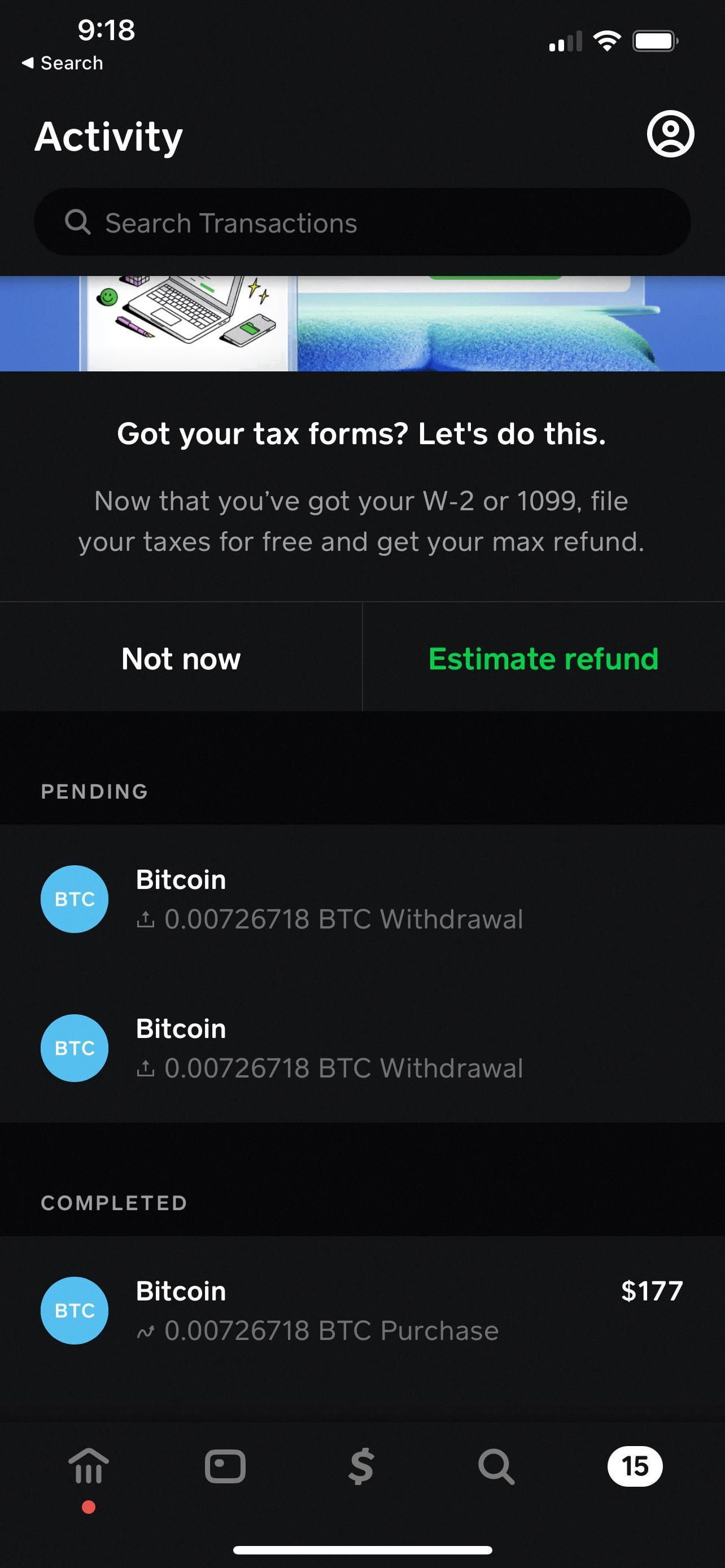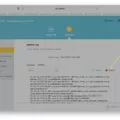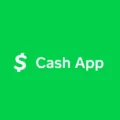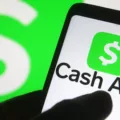Cash App is a popular mobile payment service that allows users to send and receive money easily and quickly. With its user-friendly interface and convenient features, Cash App has gained popularity among individuals and businesses alike. One of the key features of Cash App is its ability to enable on-chain transactions.
But what does “on-chain transactions” mean on Cash App? To understand this, we need to delve into the world of blockchain technology. The blockchain is a decentralized and transparent public ledger that records all cryptocurrency transactions. When you make an on-chain transaction, it means that your transaction is processed and recorded on the blockchain.
On-chain transactions on Cash App involve the transfer of digital currencies such as Bitcoin (BTC) and Ether (ETH) from one address to another. These transactions are transparently and irrevocably recorded on the blockchain, ensuring the security and immutability of the transaction.
However, it is important to note that on-chain transactions on Cash App may take more processing time compared to other types of transactions. This is because the transaction needs to be verified by the network of computers that maintain the blockchain. Depending on the network congestion and transaction fees, it could take several hours for the transaction to be processed and confirmed.
On the other hand, Cash App also offers an alternative to on-chain transactions called Lightning transactions. Lightning transactions are off-chain transactions that are almost instant. These transactions are facilitated by the Lightning Network, a layer on top of the blockchain that allows for faster and cheaper transactions.
So, why would someone choose on-chain transactions over Lightning transactions on Cash App? The answer lies in the nature of the transaction. On-chain transactions are suitable for larger transactions or when the security and immutability of the transaction are of utmost importance. Lightning transactions, on the other hand, are ideal for smaller transactions that require faster processing time and lower fees.
Cash App enables on-chain transactions, which involve the transfer of digital currencies recorded on the blockchain. These transactions provide security and immutability but may take longer to process. Alternatively, Cash App also offers Lightning transactions, which are faster and cheaper but may be more suitable for smaller transactions. The choice between on-chain and Lightning transactions depends on the specific needs and preferences of the user.
What Is A Chain Transaction On Cash App?
A chain transaction on Cash App refers to a series of interconnected transactions that occur within the Cash App ecosystem. These transactions are linked together and processed in a sequential manner.
Here are some key points to understand about chain transactions on Cash App:
1. Transaction Flow: In a chain transaction, funds are transferred from one user to another, and then subsequently from the second user to a third user, and so on. This creates a chain-like flow of funds.
2. Blockchain Technology: Cash App utilizes blockchain technology to facilitate these transactions. Blockchain is a decentralized system that securely records and verifies transactions. It ensures transparency and eliminates the need for intermediaries like banks.
3. Bitcoin Network: Cash App primarily uses the Bitcoin network for chain transactions. Bitcoin is a digital currency that operates on a decentralized network of computers. It allows for secure and fast peer-to-peer transactions.
4. Transaction Confirmation: Each transaction in the chain needs to be confirmed by the Bitcoin network through a process called mining. This involves solving complex mathematical problems to validate and add the transaction to the blockchain. The confirmation time can vary and may take up to several hours, depending on network congestion.
5. Transaction Fees: Chain transactions on Cash App may incur fees. These fees are associated with the processing and validation of transactions on the Bitcoin network. The fees can fluctuate depending on network demand and transaction size.
A chain transaction on Cash App involves a series of interconnected transactions that utilize the Bitcoin network and blockchain technology. While it offers secure and transparent transactions, it may require some processing time and fees.

What Is An On Chain Transaction?
An on-chain transaction is a digital currency transfer that occurs directly on the blockchain. The blockchain is a decentralized and transparent public ledger that records all cryptocurrency transactions. In an on-chain transaction, digital currencies like Bitcoin (BTC) or Ether (ETH) are sent from one address to another and the details of this transaction are permanently recorded on the blockchain.
Here are some key points to understand about on-chain transactions:
1. Transparent and Public: On-chain transactions are publicly visible to anyone who has access to the blockchain. This transparency ensures that the transaction details can be verified by anyone and prevents fraudulent activities.
2. Irreversible: Once an on-chain transaction is confirmed and added to the blockchain, it becomes irreversible. This means that it cannot be undone or reversed without the cooperation of the recipient. This feature adds a layer of security to the transaction process.
3. Decentralized: On-chain transactions occur on a decentralized network of computers (nodes) that collectively maintain and validate the blockchain. This decentralized nature eliminates the need for intermediaries, such as banks or payment processors, and enables peer-to-peer transactions.
4. Confirmation Process: On-chain transactions go through a confirmation process to ensure their validity. Miners or validators on the blockchain network verify the transaction and add it to a block. Once the transaction is included in a block and subsequent blocks are added to the chain, it gains more confirmations, making it increasingly difficult to alter or tamper with.
Advantages of On-Chain Transactions:
– Security: On-chain transactions offer a high level of security due to the transparency and immutability of the blockchain. The decentralized nature of the network also minimizes the risk of hacks or fraud.
– Trustless Transactions: On-chain transactions do not require trust between parties. The transaction details are independently verified by the network, eliminating the need for intermediaries and reducing the risk of manipulation.
– Peer-to-Peer Payments: On-chain transactions enable direct peer-to-peer payments without the need for a central authority. This promotes financial inclusivity and allows individuals to have full control over their funds.
– Global Accessibility: On-chain transactions are not limited by geographical boundaries or traditional banking hours. They can be conducted 24/7, making digital currencies accessible to anyone with an internet connection.
On-chain transactions are digital currency transfers that occur directly on the blockchain, providing transparency, security, and decentralization. They are irreversible once confirmed and offer advantages such as trustless transactions and global accessibility.
How Do I Enable Bitcoin On Chain Withdrawal On Cash App?
To enable Bitcoin on-chain withdrawal on Cash App, follow these steps:
1. Open the Cash App on your mobile device and tap on the home screen to toggle from USD to BTC.
2. Select the Bitcoin option from the available options.
3. Enter the amount of Bitcoin you want to withdraw. You can choose to toggle between BTC or USD to specify the amount.
4. To send the Bitcoin to an external wallet, you have two options:
– Tap on the top left corner of the screen to access the QR code scanner. Scan the QR code of the external wallet address.
– Alternatively, tap on the “Send” button and manually enter the external wallet address where you want to send the Bitcoin.
5. Review the transaction details to ensure everything is correct.
6. Once you are satisfied, tap on the “Confirm” or “Send” button to initiate the Bitcoin withdrawal.
By following these steps, you will be able to enable Bitcoin on-chain withdrawal on Cash App and transfer your Bitcoin to an external wallet securely.
What Is Off Chain Data?
Off-chain data, also known as real-world data, refers to any type of data that exists outside of a blockchain system. Unlike on-chain data, which is stored and verified directly on the blockchain, off-chain data is sourced from external systems or sources. This data can include a wide range of information, such as sports scores, weather updates, financial market data, and even data from other blockchains.
Off-chain data is essential for blockchain applications that require access to real-time or constantly changing information. By incorporating off-chain data, blockchain systems can enhance their functionality and provide more relevant and up-to-date information to users.
Here are some examples of off-chain data:
1. Sports scores: Blockchain-based sports betting platforms may require access to real-time sports scores to determine the outcome of bets.
2. Weather data: Applications that rely on weather information, such as agricultural or travel-related platforms, can utilize off-chain weather data to provide accurate and timely forecasts.
3. Financial market data: Blockchain-based financial platforms may need access to real-time stock prices, exchange rates, or other market data to facilitate trading or investment activities.
4. Data from other blockchains: Some blockchain systems may require access to data from other blockchains to validate transactions or perform cross-chain operations.
Incorporating off-chain data into a blockchain system typically involves the use of oracles. Oracles act as intermediaries between the blockchain and external data sources, providing a secure and reliable way to fetch and verify off-chain data. This ensures the integrity and accuracy of the data being used within the blockchain application.
By leveraging off-chain data, blockchain systems can expand their capabilities and offer more versatile and dynamic solutions to various industries and use cases.
Conclusion
Cash App offers a convenient and user-friendly platform for buying, selling, and transferring Bitcoin. With the ability to toggle between BTC and USD, users can easily manage their cryptocurrency holdings. The option to withdraw Bitcoin to an external wallet provides flexibility for those who prefer to store their digital assets offline. However, it is important to keep in mind that on-chain transactions may take longer to process and may incur fees. On the other hand, Lightning transactions offer near-instant transfers, but are limited in their scope. Cash App provides a seamless and efficient way to engage with the Bitcoin network, whether through on-chain or off-chain transactions.







